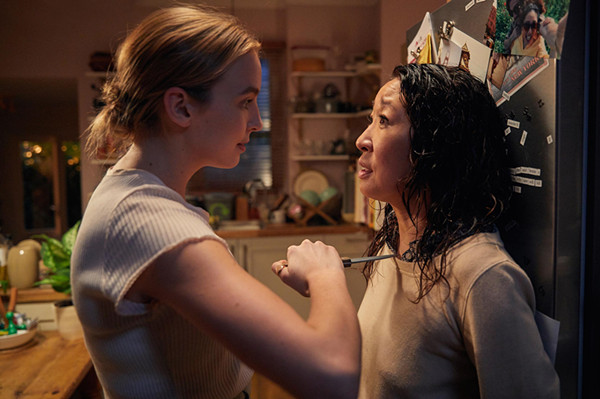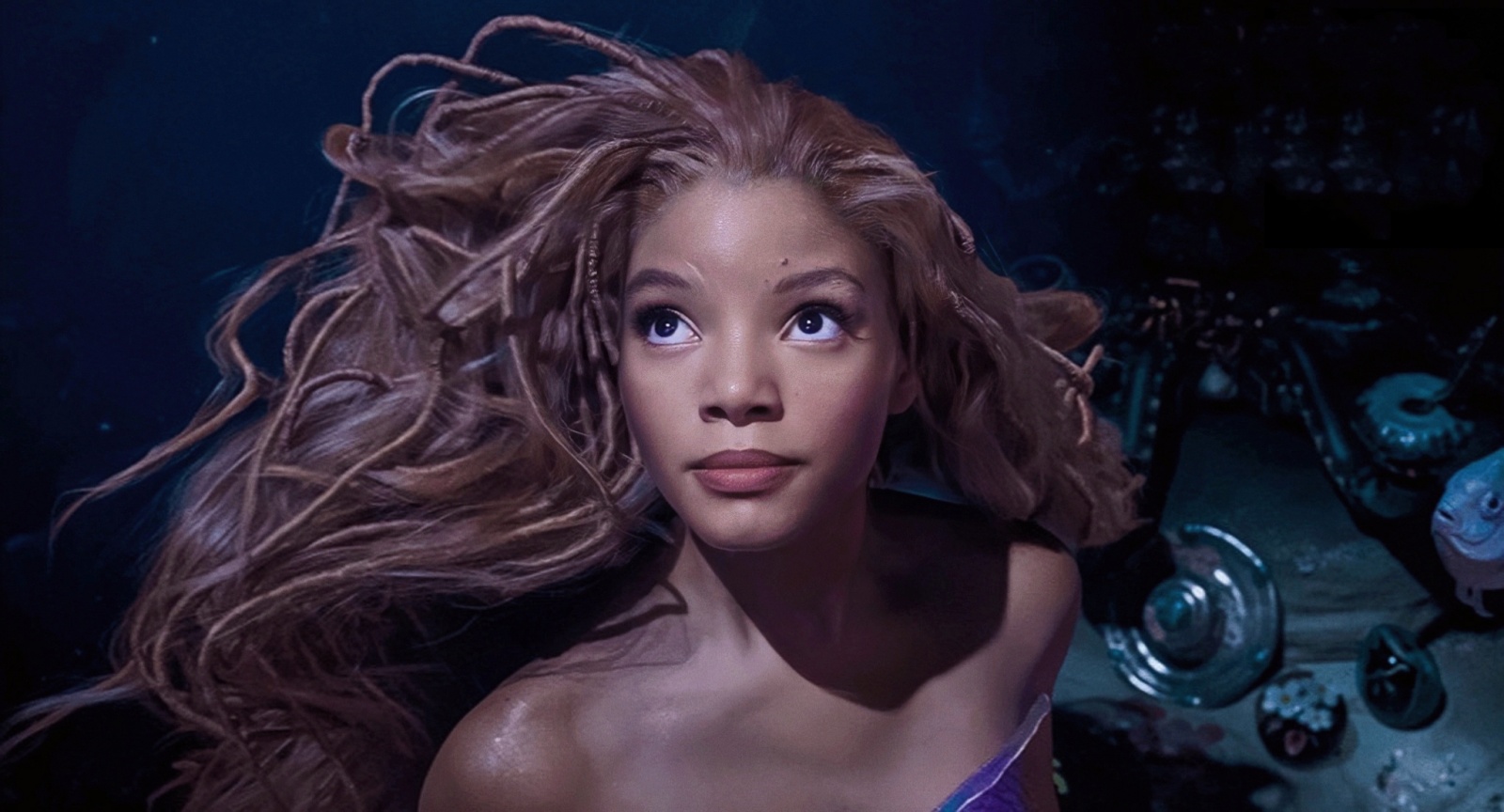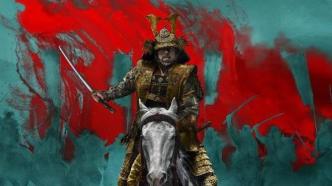
Starting from February 2024, the American drama mini-series "Shōgun" will be aired. The show's rating on the "Douban" website has reached 8.4 points, which should be said to be quite good.
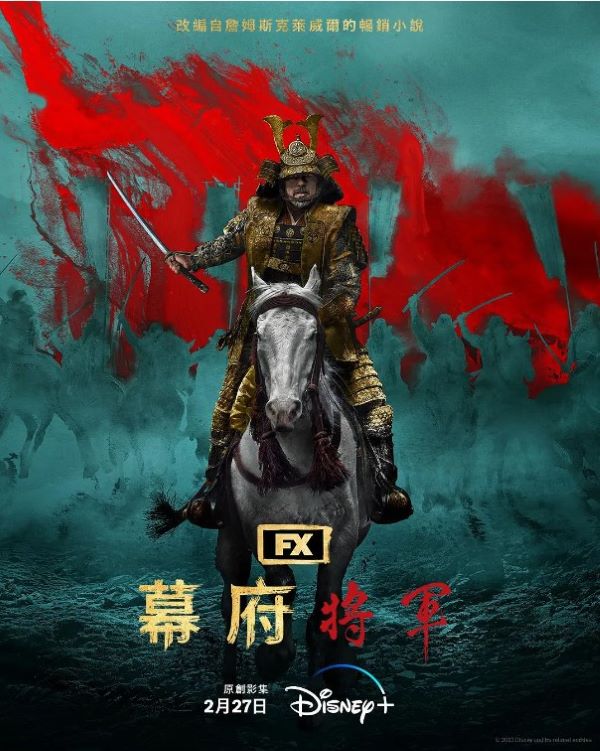
"Shogun" poster
Although it is an American drama, "Shogun" was filmed in Japan and the United Kingdom, and it also tells the story of ancient Japan. According to the plot, in 1600, the adventurer British sailor John Blackthorne was shipwrecked and fled to Japan. As the story progresses, he not only survives in a foreign country, but also has entanglements with the daimyo (vassal) Yoshii Toranaga and the noble woman Mariko Toda.
This kind of plot setting can easily remind the audience of "The Last Samurai" starring Tom Cruise at the beginning of the century. It is not difficult to see that even after twenty years, the mysterious imagination of the ancient East is still a highlight of the "Shogun" series.
As the protagonist, John Blackthorne in the play constantly encounters "cultural conflicts" in the Japanese red tape, strict hierarchical hierarchy, and unique eating habits (eating natto, not eating meat). The most impressive thing is that as the master, Blackthorn ordered the servants not to touch his prey, a pheasant hanging from the rafters, and then went out. But it was summer, and the dead pheasants emitted an unpleasant stench that attracted countless flies. As a result, when he returned home after a while, he was surprised to find that the pheasant had disappeared. The subsequent explanation shocked him even more: after discussion, the servants at home decided that the old and sick gardener would throw away the dead chicken. , and then the gardener "apologized" for violating the master's order and died "honorably"! Therefore, it is reasonable for Blackthorn to show his surprise at "taking human life lightly" in the play.
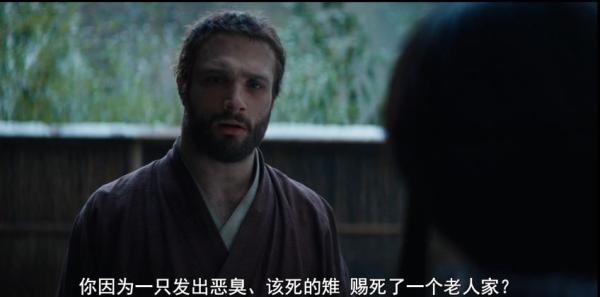
A surprised John Blackthorne
On the surface, Shogun tells a purely Japanese story. In 1600, the "Taiko" who ruled Japan passed away, leaving a leaderless political situation. The feudal lords fought fiercely for the throne, and the confrontation between Yoshii Toranaga and another "eldest brother" (there were five in total) Ishido Kazunari was the most eye-catching. Ishido Kazunari first placed Yoshii Toranaga under house arrest in Osaka Castle, preparing to force him to commit seppuku when the time came. After Toranaga disguised himself as a woman and escaped from Osaka, Ishido sent people to win over Toranaga's allies and brothers, and used Yoshii Toranaga's The army was severely damaged by a major earthquake (this setting seems very Japanese) and was forced to submit... This is not a fiction by Xiangbi, but a historical prototype.
For example, the prototype of Yoshii Toranaga is Tokugawa Ieyasu (1542-1616), the founder of the Edo shogunate, also known as the "shogun". And this is almost clearly told to the audience in the series. Each Japanese daimyo has its own unique "family crest" (emblem). The "family crest" of Yoshii Toranaga that appears in "Shogun" is exactly the "three-leaf sunflower" used by Tokugawa Ieyasu. Interestingly, Hiroyuki Sanada, who plays Yoshii Toranaga, once played another "shogun", Ashikaga Takauji, the founder of the Kamakura shogunate, in the "Taiga Drama" and "Taipei Chronicles" (1991), so his role in the play There is indeed some general majesty in his movements.
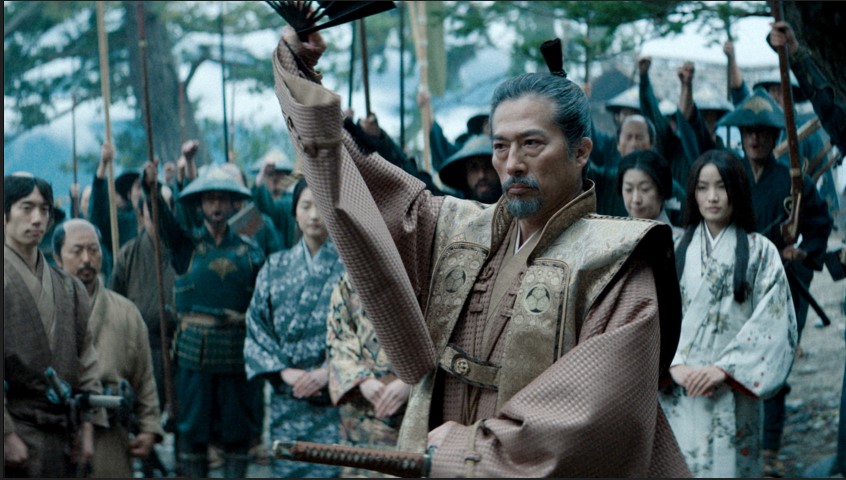
Yoshii Toranaga played by Hiroyuki Sanada
Ishido Kazunari, who opposes Yoshii Toranagi in the play, is based on the historical figure Ishida Mitsunari (1560-1600). Historically, Ishida Mitsunari was the leader of the anti-Ieyasu faction. The confrontation between the two sides eventually led to the outbreak of the Battle of Sekigahara. The defeated Ishida Mitsunari was executed by Ieyasu, and the latter's dominance over Japan was thus established. It's just that Kazunari Ishido in "Shogun" is much "powerful" than Mitsunari Ishida in history, so much so that he won the position of "elder brother" that Ishida Mitsunari cannot match.
As for the British sailor John Blackthorn, the historical figure is William Adams (1564-1620), and his Japanese name is Miura Anzhen. The fact that Mariko Toda in the play is a Catholic is also well-founded in history. Her character prototype Hosokawa Garosha (1563-1600) did convert to Catholicism, and the "Christian name" of Garosha means "favor".
Interestingly, the play "Shogun" happened to set up accordingly that Mariko Toda was proficient in Portuguese and could communicate with Blackthorn on the phone, so she was appointed by Yoshii Toranaga as the latter's interpreter. As for the emotional entanglement between Blackthorne and Mariko Toda that appears in the drama, it is a common Hollywood setting in American dramas. It can be said that Hosokawa Garosha and William Adams have nothing in common in history.
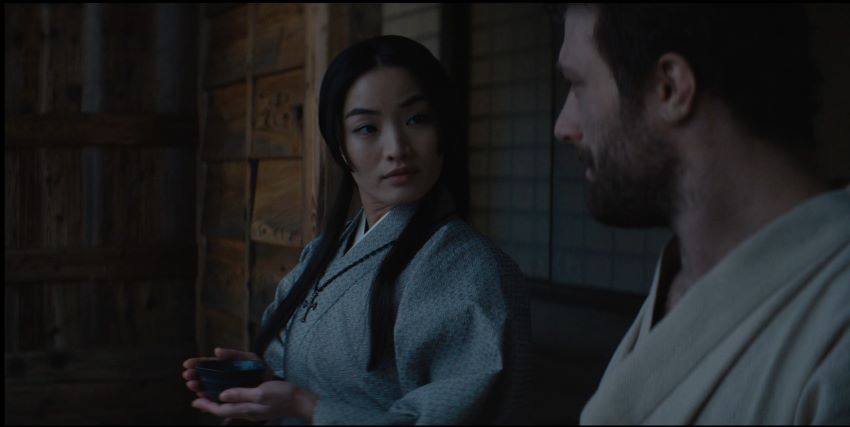
Blackthorne and Mariko Toda in the play
However, under the surface similar to the Japanese "Taiga Drama", it is not difficult for the audience to discover the "core" of the American drama "Shogun". The understanding of the council composed of five "elders" in the play is completely based on Western imagination. This institution in "Shogun" is so true to its word that it actually has the power to demand Yoshii Toranaga to commit seppuku as an apology. But what is the actual situation in history? Tokugawa Ieyasu was indeed impeached by other "elders", but he was the most powerful daimyo at the time (his territory was more than the second and third eldest names combined), so he was confident after being impeached, as if nothing had happened. Happens the same. Due to the needs of the plot, "Shogun" can only greatly weaken Yoshii Toranaga's power and fabricate a powerful council similar to the ancient Roman Senate to justify his theory. But this makes people feel a little bit ridiculous.
An even more obvious point is the role of John Blackthorne in the play. According to historical facts, William Adams was a diplomat who contributed a lot to the trade between the Edo Shogunate and the Netherlands and Britain. But in "Shogun", Blackthorne transformed into Yoshii Toranagi's military adviser, and the artillery he trained was able to hit the target with perfect accuracy, enough to affect the entire battle situation. In fact, although Japan in the early 17th century had never seen cannons, it did not use cannons on a large scale in wars. Naturally, it was impossible to talk about using the cannon teams trained by Blackthorn to win victory. What's more, this foreigner even saved Yoshii Toranaga's life on several different occasions and became a great benefactor of the "Shogun". The strong American personal heroism is naturally self-evident.
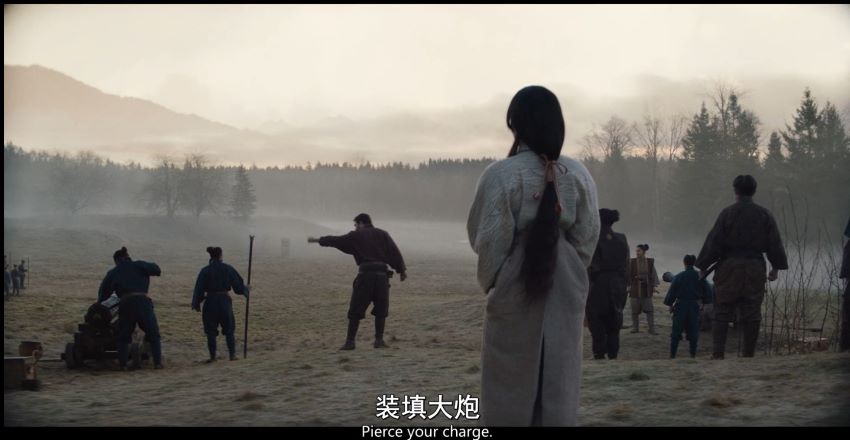
Blackthorn directs artillery training
Therefore, it can be said that although it is painted with a layer of gorgeous oriental oil paint and is eye-catching on the road of service, in the final analysis, "Shogun" can still be said to be a typical American drama.

